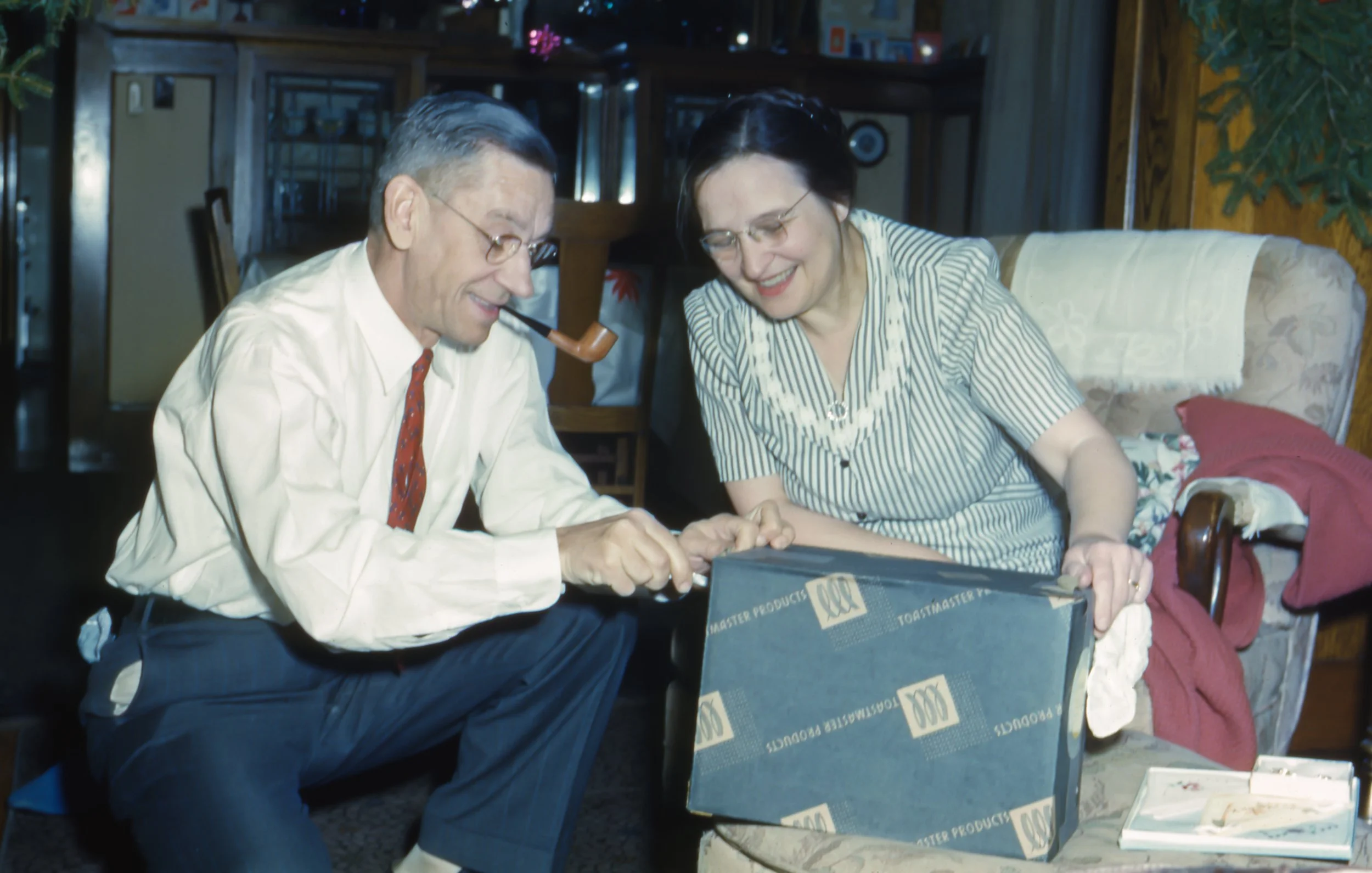Life Story Links: May 20, 2025
“As a bird must sing, it’s your human nature to tell your story.”
—Tristine Rainer
Vintage postcard depicting a black-and-white photograph of German performers circa early 1900s, from the personal ephemera collection of Dawn Roode.
Our lives, our stories
THE PUZZLE OF YOUR LIFE
Last week I wrote about writing towards your memoir. “Write, then write some more; read, analyze, tweak; then write some more. Then, as you begin to uncover patterns, you can MAKE something of what you have written.”
LEGACY PLANNING
“Nostalgia has its place. But if you're aiming for cohesion, belonging, and wise stewardship in your family’s future, story isn’t just a nice-to-have. It’s strategic.”
GENEALOGY: SIDEWAYS STRATEGY
“Because living relatives possess what dead ancestors cannot give you: context, stories, photos, and artifacts that bring your family history to life. This is how you transform genealogy from a sterile collection of facts into a vibrant family narrative.”
CREATIVE NONFICTION MASTER
“There is no higher praise for a work of factual writing than to say that it reads like a John McPhee book.” Read an excerpt from Looking for a Story by Noel Rubinton by Peter Hessler (May 2025, Princeton University Press).
The family history we feel and seek
THREADS OF TIME
“As the world has changed, so has my family story. Not the facts or the bones of the narrative arc, but the meaning made and the memories I lean upon. And, more importantly for the shape of the story, as the world has changed, so have I—the narrator.”
‘THE END IS THE BEGINNING’
“I relied on memory, lived experience, stories my mother, my sisters, or other relatives or friends told me about my mother and her family before I was born, photos, scrapbooks, and research to evoke the milieu of my mother’s life.”
‘HIDDEN IN PLAIN SIGHT’
“From childhood, Julie Brill struggled to understand how her father survived as a young Jewish boy in Belgrade; in her memoir, she recounts how through exacting research, a bit of luck, and three emotional trips to Serbia, she returned to her father a small part of what the Nazis stole: his own family history.”
GENERATIONAL TRAUMA
“My grandmother, Nina, had always described her rural western-Ukrainian childhood in romantic terms. I would sit for hours in her Chicago kitchen while she told stories about the old farm, how every beet, potato, onion, and egg came from the family’s garden.”
A PERSONAL HISTORY OF HER MOTHER
Writing the book “raised the bar” on the empathy this writer felt for her mother as she understood the milieu her mother lived in and discovered the aspects that shaped her mother in the early years of her life.
‘FEEDING GHOSTS’
“The point at which I felt I had accomplished what I set out to do with this story was when, for the first time, my mother told me that she understood how much I loved her,” Tessa Hulls says of her Pulitzer-winning graphic memoir.
The past, in pictures
‘A PRICELESS INHERITANCE’
Curators in Memphis have begun the painstaking process of saving a trove of 75,000 photographs that capture middle- and working-class life. It will take years—maybe even decades—to complete.
JEWISH WWII VETERANS
“I grew up listening to their stories and perhaps this is why ever since I became a war photographer, I didn’t just want to photograph wars, but also the veterans who had fought in previous ones.” He captures their personal histories, too.
CHRONICLING OUR LIVES—INSTANTLY
The upcoming doc Mr. Polaroid tells the little-known story of the man behind the camera, a Harvard dropout named Edwin Land. Over a half century ago, before the smartphone, Land was dreaming up “a camera that you would use as often as your pencil or your eyeglasses.”
IN DEFENSE OF SOUVENIRS
“The Japanese have a word for when an object stirs a memory—natsukashii.” Physical keepsakes, whether priceless or prosaic, can be the most meaningful mementoes of a trip—here are 10 visually interesting ones.
...and a few more links
The pressure of ‘making memories’—is it the scourge of modern parenting?
Photographer captures the lives—and spirit—of immigrant moms in a striking and unexpected way.
New collection from Assouline is inspired by treasured family heirlooms.
“My grandfather was a Nazi executioner at Auschwitz—and I had no idea until 7th grade history class”
“A new biography of Mark Twain doesn’t have much of what made him great”
Short takes










